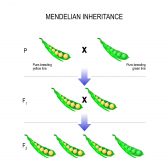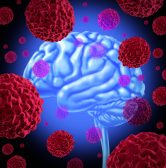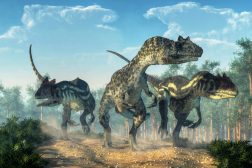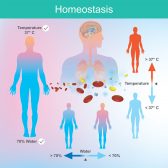Definition
noun, plural: flavoproteins
A protein containing a flavin moiety, e.g. flavin adenine dinucleotide (FAD) and flavin mononucleotide (FMN)
Supplement
Flavoproteins are group of proteins wherein a flavin moiety is a substituent. The flavin moiety may be flavin adenine dinucleotide (FAD) and/or flavin mononucleotide (FMN). In humans, about 84% of the flavoproteins require FAD whereas 16% require FMN. Five of these flavoproteins need both FAD and FMN.1 This moiety may be bound either covalently or noncovalently. The flavoproteins serve as oxidoreductase enzymes involved in the transfer of hydrogen atoms from a donor to an acceptor. Thus, they are essential in removing free radicals, which are involved in oxidative stress. Apart from this, the flavoproteins are also involved in various biological processes such as photosynthesis, bioluminescence, and DNA repair.
FAD is a redox cofactor made up of two major portions: adenine and flavin mononucleotide bound together via their phosphate groups. FAD occurs in different redox states: quinone, semiquinone, and hydroquinone. It converts between one state to another either by accepting or donating electrons. When it accepts two electrons and two protons (H+) it converts to FADH2. It reverts to FAD when it loses one H+) and one electron. FMN, also a redox cofactor, is the phosphorylated form of riboflavin.
See also:
- flavin mononucleotide (FMN)
- flavin adenine dinucleotide (FAD)
Related term(s):
Reference(s):
1 Lienhart, WD., Gudipati, V., & Macheroux, P. (2013). “The human flavoproteome”. Archives of Biochemistry and Biophysics 535 (2): 150–162.







